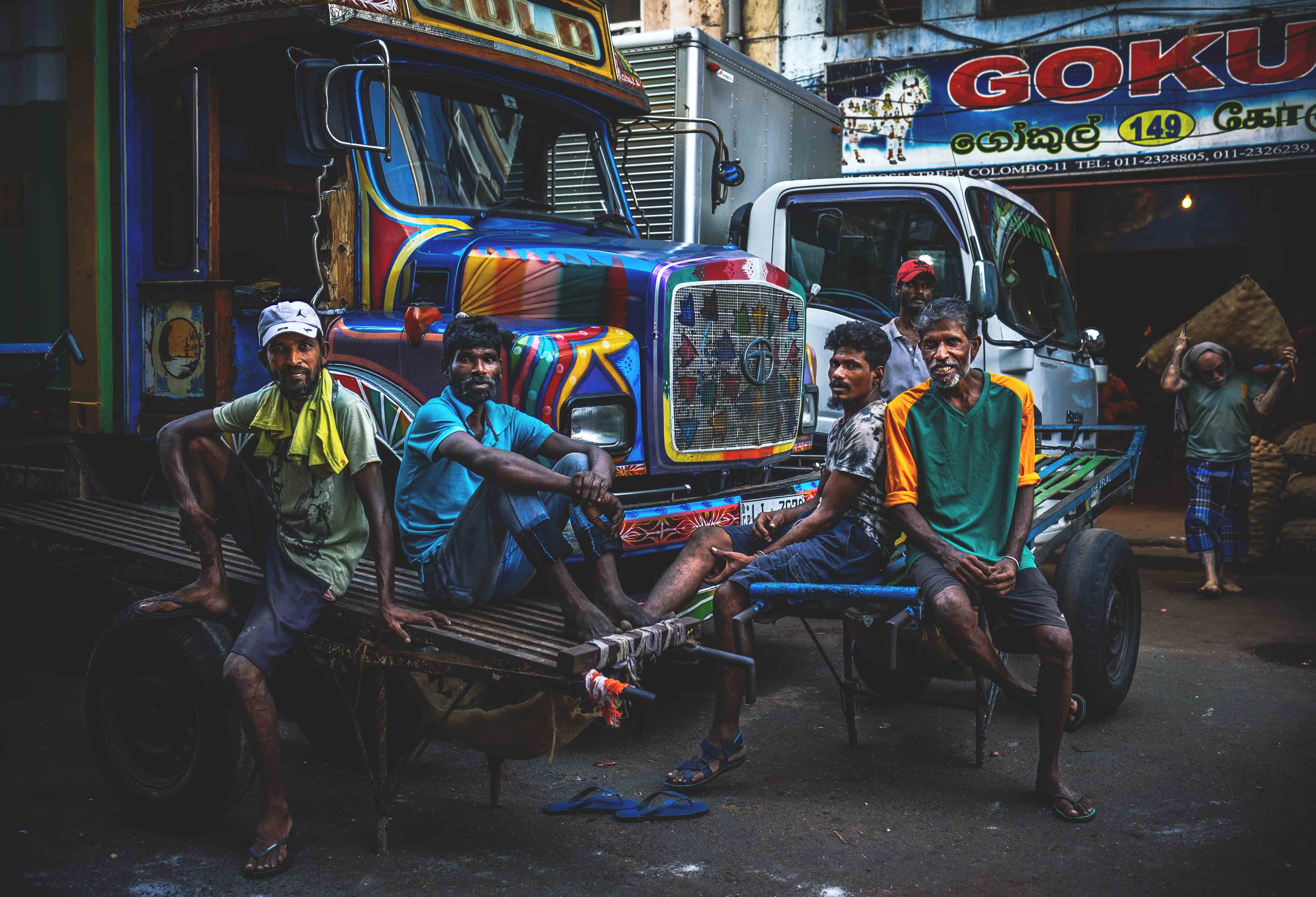
• 70mm • f/4 • 1/400 • ISO800 • 5DMkIV & EF 24-105/f4L courtesy Canon/Metropolitan
*The National STD/AIDS Control Programme is a Sri Lankan Health Ministry initiative to coordinate the country’s response to sexually transmitted diseases.
Ethnographic, Documentary & Travel Photography

• 70mm • f/4 • 1/400 • ISO800 • 5DMkIV & EF 24-105/f4L courtesy Canon/Metropolitan
*The National STD/AIDS Control Programme is a Sri Lankan Health Ministry initiative to coordinate the country’s response to sexually transmitted diseases.

• 60mm • f/4 • 1/800 • ISO100 • Canon 5DMkIV & EF 24-105/f4L, courtesy Canon/Metropolitan

• 35mm • f/2.8 • 1/1000 • ISO200 • R6 & RF 35/1.8 courtesy Canon/Metropolitan

• 35mm • f/2.8 • 1/500 • ISO400 • Canon R6 & RF 35/1.8 courtesy Canon/Metropolitan.



